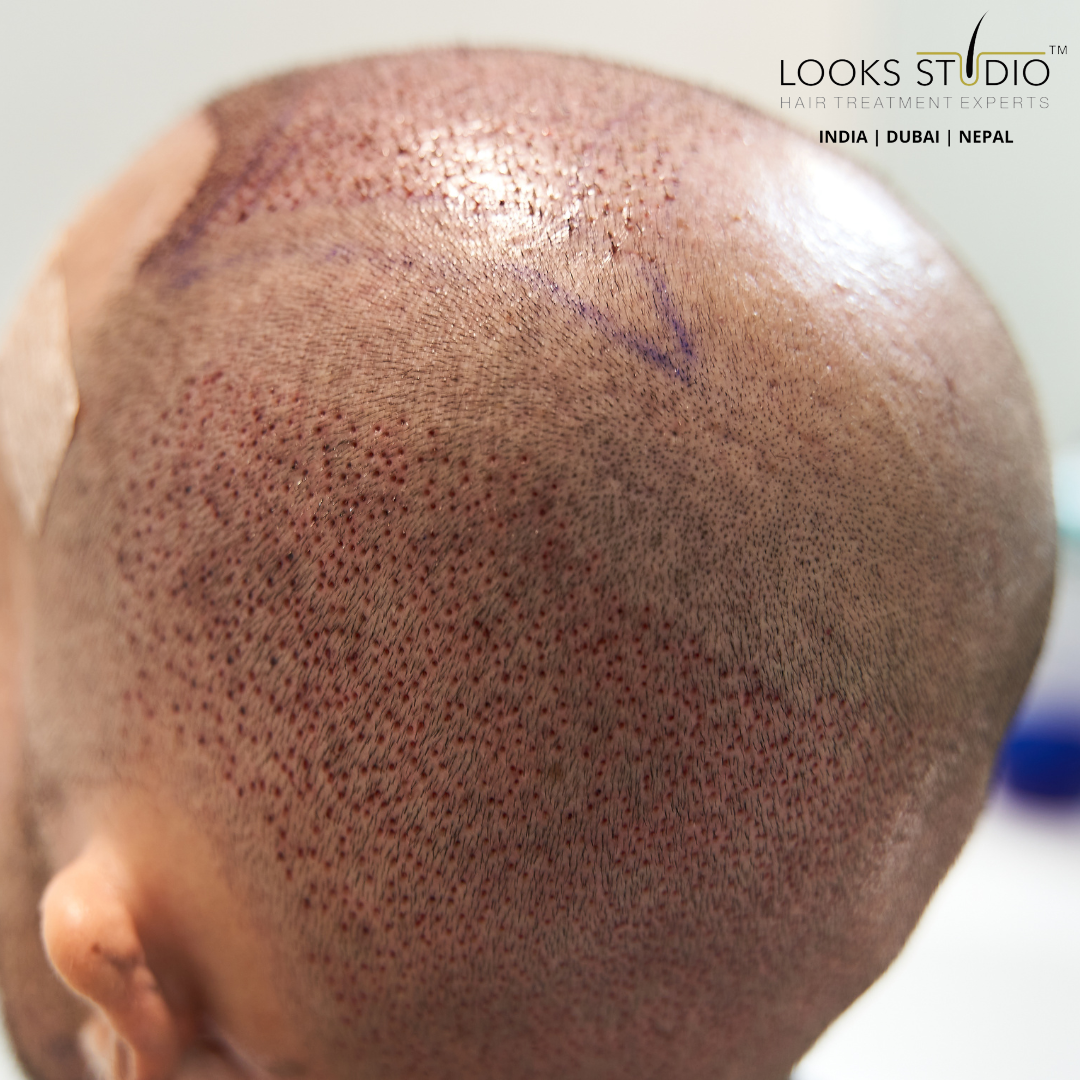Hair loss can be a distressing experience, and for many, hair transplant procedures offer a glimmer of hope in restoring a full head of hair. However, a prevalent myth that often holds people back from undergoing this transformative process is the fear of excruciating pain. In this comprehensive guide, we will demystify the myth of painful hair transplants and shed light on the reality of the procedure’s comfort levels.
Debunking the Pain Myth
The notion that hair transplants are inherently painful is a relic of the past. Thanks to remarkable advancements in medical technology, the level of pain associated with hair transplants has been greatly minimized. Central to this pain reduction is the administration of local anaesthesia. Before the procedure begins, the surgeon applies a numbing agent to the scalp, ensuring that the patient remains comfortable throughout the process. Countless individuals who have undergone hair transplants report experiencing only mild discomfort rather than intense pain.
Types of Hair Transplants and Pain Perception
There are two primary methods of hair transplant: Follicular Unit Transplantation (FUT) and Follicular Unit Extraction (FUE). FUT involves removing a strip of skin from the donor area, while FUE involves extracting individual hair follicles. Due to its minimally invasive nature, FUE is generally considered to be less painful. The tiny incisions made during FUE heal quickly and cause less trauma to the scalp, contributing to a more comfortable recovery process.
Read more- Latest Techniques & Developments in Hair Restoration Industry

Understanding Pain Perception
Pain perception varies widely among individuals. Factors such as genetics, pain tolerance, and psychological state can influence how a person experiences discomfort. It’s important to remember that while some individuals might describe a hair transplant as virtually painless, others might characterize it as slightly uncomfortable.
Pain Management Strategies
The use of local anaesthesia is a crucial aspect of pain management during hair transplant procedures. By numbing the scalp, patients can remain relaxed and at ease throughout the process. Furthermore, open communication with the surgeon during the procedure ensures that any discomfort can be promptly addressed.
Common Concerns and Questions
“Why was my hair transplant so painful?” “Which hair transplant is less painful?” “Is there a pain-free hair transplant?” These are common concerns that potential patients often search for answers to. The reality is that with the modern techniques and pain management strategies employed in hair transplant procedures, the level of pain experienced is significantly lower than imagined.
Safety and Side Effects
Hair transplant procedures, when performed by qualified and experienced professionals, are generally safe. Like any medical procedure, there can be side effects, including swelling, redness, and temporary discomfort. These effects are typically manageable and subside as the scalp heals.
Minimising Discomfort Post-Procedure
To reduce discomfort after a hair transplant, it’s crucial to follow the post-operative care instructions provided by your surgeon. Avoiding strenuous activities and using any prescribed pain relief medications as directed can significantly contribute to a smoother recovery process.
Cost and Permanence of Hair Transplants
The cost of a hair transplant can vary based on several factors, including the extent of hair loss and the chosen method. However, it’s important to consider it as an investment in your confidence and self-esteem. Hair transplants are generally considered a permanent solution, as the transplanted hair follicles retain their characteristics even after being relocated.
Anesthesia and Pain Management
During a hair transplant, local anaesthesia2 is used to numb the scalp and minimise discomfort. This localised approach ensures that the patient remains comfortable throughout the procedure.
Conclusion
The fear of painful hair transplants is unfounded mainly in today’s medical landscape. Advancements in pain management techniques, such as the use of local anaesthesia1, have made the procedure significantly more comfortable. It’s essential to understand that while discomfort might vary from person to person, the overall pain associated with hair transplants is no longer a significant concern. With safety, patient experience, and natural-looking results in mind, hair transplants have evolved into a feasible and increasingly painless solution for hair loss concerns.
